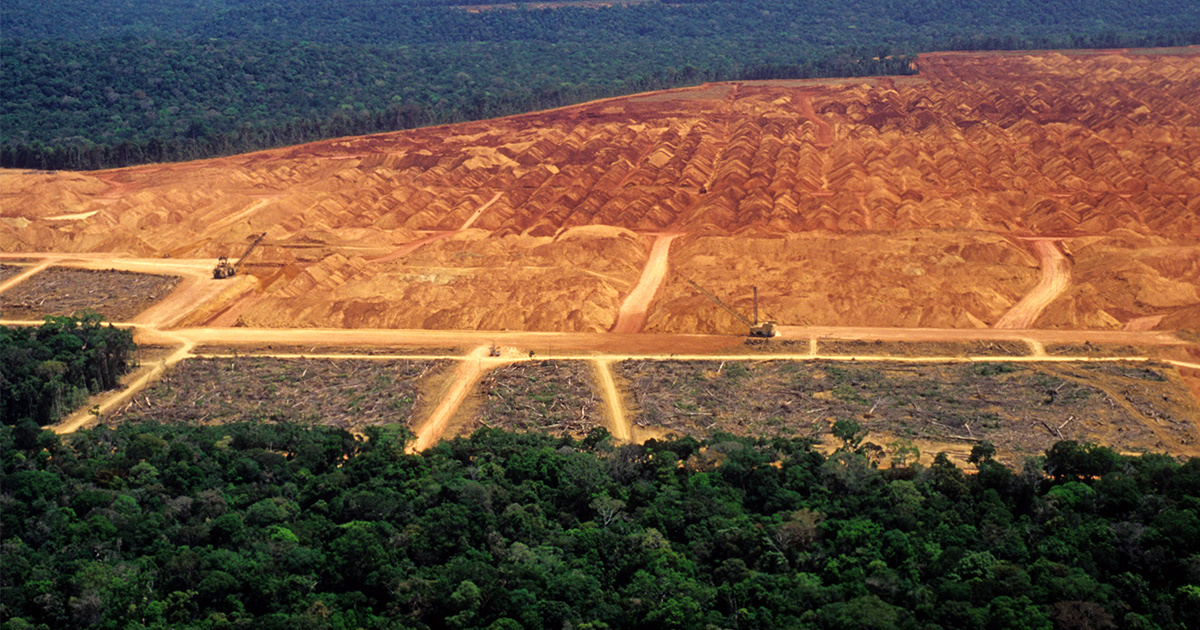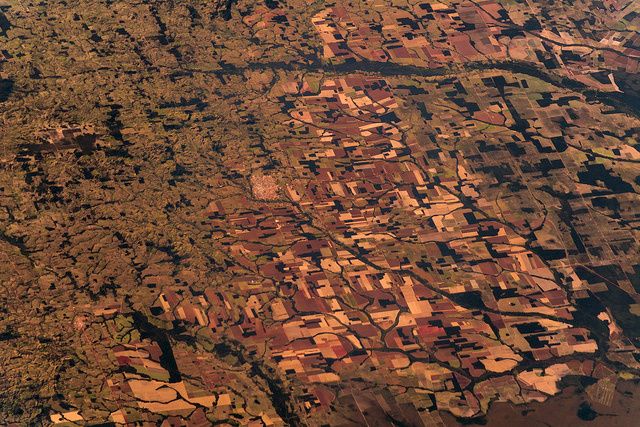

Deforestation in the Amazon. luoman / Getty Images
About 7,900 square kilometers (3,050 square miles) of forest was cleared in the Brazilian
Amazon between August 2017 and July 2018, the worst annual deforestation rate in a decade, according to government data. That’s a 13.7 percent jump from the same period last year.
As
Greenpeace Brazil noted, approximately 1.185 billion trees cut down in an area equivalent to the size of 987,500 soccer fields.
The disturbing news comes amid fears that Brazil’s new far-right president Jair Bolsonaro could make the situation worse due to his promise to open more of the Amazon to development.
Brazil’s New President Could Spell Catastrophe for the Amazon, Indigenous Rights and Global Climate https://t.co/mugfdgZMms @EcoWatch
— Amazon Watch (@amazonwatch) October 30, 2018
As
EcoWatch previously explained, deforestation in the Amazon had actually decreased from around 2005 to 2011 by an impressive 70 percent due to increased government protections in response to a growing popular movement to protect the rainforest. Even from 2011 to 2017, as the country entered a more chaotic political period, the decrease in deforestation stopped, but it didn’t reverse. Bolsonaro’s leadership, unfortunately, could undo any of that progress.
In a statement, Brazil’s environment minister Edson Duarte blamed illegal logging for the increase in deforestation in the Amazon and called on the government to increase policing in the forests,
Reuters reported.
Aerial photo of the Amazon rainforest taken on July 18, 2018ESA / A.Gerst / CC BY-SA 3.0 IGO
However, Greenpeace said that the Brazilian government is not doing enough to stop deforestation. Additionally, with Bolsonaro at the helm, “the predictions for the Amazon (and for the climate) are not good.”
The loss of forests creates a nasty climate change feedback loop. Forests are an important carbon sink, and deforestation contributes more carbon dioxide to the atmosphere.
The
new report from the Intergovernmental Panel on Climate Change on limiting global warming to 1.5 degrees Celsius above pre-industrial levels said that planting more trees, and keeping existing trees in the ground, were both essential to meeting that goal.
Tropical Forests Lost 40 Football Fields of Tree Cover Per Minute in 2017 https://t.co/Xp1B25yonb @EARTHWORKS @GreenpeaceAustP
— EcoWatch (@EcoWatch) June 27, 2018
- New Film Shines Light on Cattle Industry Link to Amazon Deforestation
- Data Find Rainforests Lost 14,000 Square Miles in 2019 - EcoWatch
- Scientists Form Panel in Attempt to Save the Amazon
- These Scientists Are Listening to the Borneo Rainforest
- Amazon Is Probably Contributing to Climate Crisis, Study Finds

 233k
233k  41k
41k  Subscribe
Subscribe 
